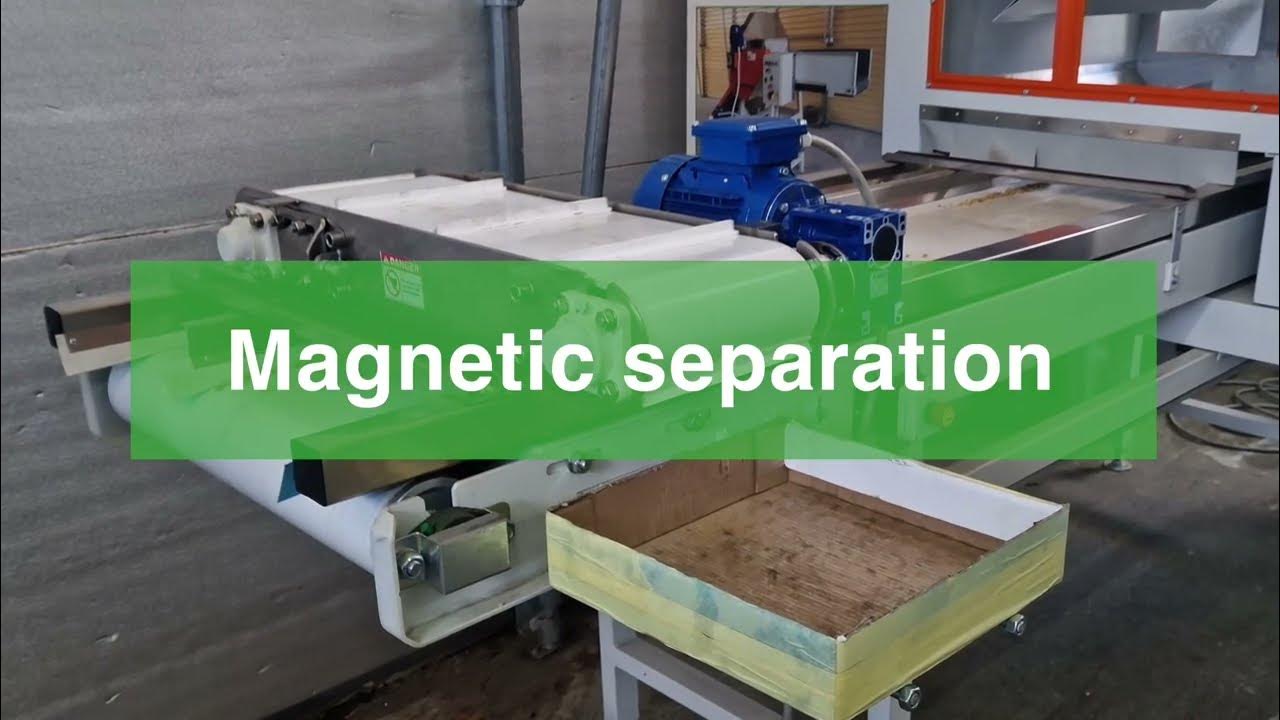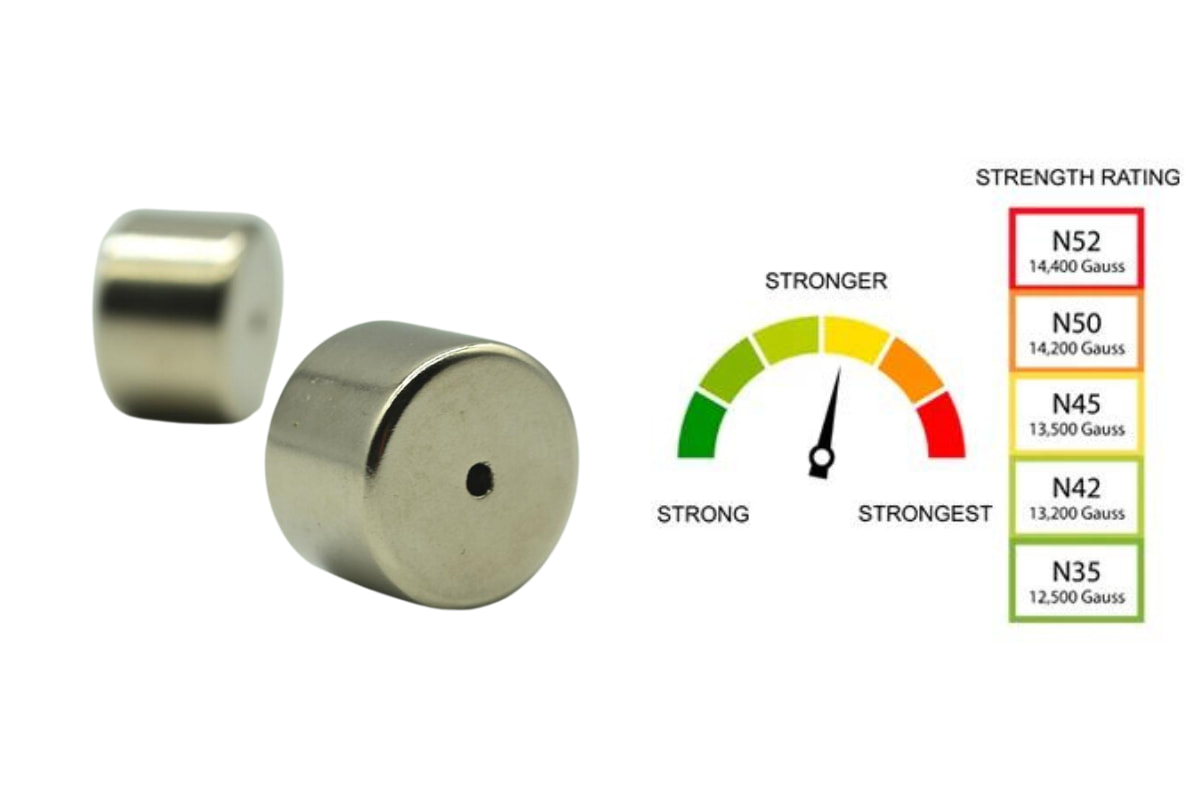Wondering if surgical steel is a magnetic metal? I’ve got you covered.
In this complete guide, you’ll learn everything you need to know about the magnetic properties of surgical stainless steel.
Bir profesyonel olarak neodimyum mıknatıs üreticisi, I’ll explain how factors like chemical composition and heat treatment impact magnetism. Plus, I’ll outline which grades of surgical steel tend to be magnetic or non-magnetic.
Let’s dive in!

Why Understanding the Magnetic Properties of Surgical Steel Matters
The magnetic properties of surgical steel impacts its functionality during medical procedures.
For example, magnetic metals can interfere with imaging equipment like MRI machines. In some cases, magnetic surgical tools can even injure patients.
That’s why it’s crucial for medical professionals to understand which grades of surgical steel are magnetic.
With that background, let’s explore…
What Makes Surgical Steel Magnetic (Or Not)
Surgical steel contains iron. And for stainless steel to be magnetic, two criteria must be met:
- It must contain iron (which surgical steel does).
- The crystal structure has to be ferritic or martensitic.
Now let me break down what those last two terms mean…
Ferritic Stainless Steel
Ferritic stainless steel gets its magnetic properties from high concentrations of ferrite.
Since ferrite contains iron, these steels are attracted to magnets.
Generally, ferritic surgical steels have low carbon content. This makes them ideal for creating medical tools and instruments.
Martensitic Stainless Steel
Martensitic steel contains a crystal structure called martensite. This forms when the steel is rapidly cooled after heat processing.
The downside? This treatment leaves the steel highly magnetic due to its iron content.
On the plus side, martensitic steel boasts exceptional hardness and strength. This makes it useful for creating durable surgical equipment.
Austenitic Stainless Steel
Unlike ferritic and martensitic steel, austenitic stainless steel tends to be non-magnetic.
That’s because the magnetic forces of iron atoms “cancel out” in the unique atomic structure. This prevents the steel from being influenced by magnetic fields.
However, cold working austenitic steel can sometimes disrupt its non-magnetic properties. Solution? Simply heat treat the steel to 400°C to realign its crystalline structure.
Now let’s see how factors like chemical composition and heat treatment impact the magnetism levels of common grades of surgical steel.
Grades of Surgical Steel: Magnetic or Non-Magnetic?
With names like “440C” and “316L”, it’s tricky to remember which grades of surgical steel are magnetic.
To simplify things, here’s a breakdown of 5 common surgical steel alloys:
- 304 stainless steel: Non-magnetic austenitic steel. Ideal for medical tools and general corrosion resistance.
- 316 stainless steel: Non-magnetic steel. The molybdenum boosts corrosion protection, making it good for surgical implants.
- 420 stainless steel: Magnetic martensitic steel. The high carbon content provides exceptional hardness. Useful for scalpels and dental tools.
- 630 stainless steel: Slightly magnetic steel with high durability. The copper and niobium fight corrosion and wear. Common in orthopedic implants.
- 440C stainless steel: Magnetic martensitic steel. Extremely hard with good corrosion resistance. Used for surgical blades and dental tools.
Key takeaway? Grades like 420, 440C and 630 stainless steel tend to be magnetic. Meanwhile 304 and 316 grades are usually non-magnetic.
Now let’s discuss a special case:
Heat Treating Makes Surgical Steel Magnetic
Remember when I explained how rapidly cooling steel creates a martensitic structure?
Well, that same heat treatment process can also disrupt the non-magnetic properties in grades like 304 and 316 steel.
You see, quenching and tempering surgical steel enhances durability and blade sharpness. This extra hardness comes from the formation of martensite crystals which adopt magnetic properties.
That’s why surgical tools like steel scalpels are attracted to magnets despite being manufactured from non-magnetic 304 or 316 steel.
The takeaway? Even typically non-magnetic surgical steel can become magnetic after heat treatment.
This enhanced magnetism makes durable surgical tools possible. But it also introduces potential issues for medical procedures involving MRI machines.
Luckily, there are a few solutions…
Use Non-Magnetic Surgical Steel for MRI Procedures
Sensitive imaging tests like MRI scans require non-magnetic metals. Otherwise, the magnetic pull can dislodge implants or distort imaging.
That’s why MRI technicians insist on screening details like surgical tools and dental work prior to procedures.
To avoid issues, medical practitioners should stock non-magnetic 304, 316L or titanium instruments for operations involving MRI imaging.
While standard 420 or 440C surgical steel is ideal for everyday use, the special case of MRI compatibility calls for non-magnetic metals only.
The Bottom Line: Most Surgical Steel Alloys Are Magnetic
In short:
The high iron, nickel and ferrite content in surgical stainless steel makes most alloys magnetic to some degree.
Grades of steel play a role, with martensitic and ferritic alloys being the en çok Manyetik.
Meanwhile, non-magnetic austenitic steel can still become magnetic through heat treatment and processing.
The key is choosing the correct grade and form of surgical steel depending on factors like:
- Heat processing method
- Exposure to MRI machines and imaging
- Intended function (corrosion resistance, hardness, etc).
Hopefully this clears up some of the confusion surrounding surgical steel and magnetism. Now it’s easier to select the proper alloys for medical and surgical applications.
Did I miss anything? Let me know in the comments if you have a question!



